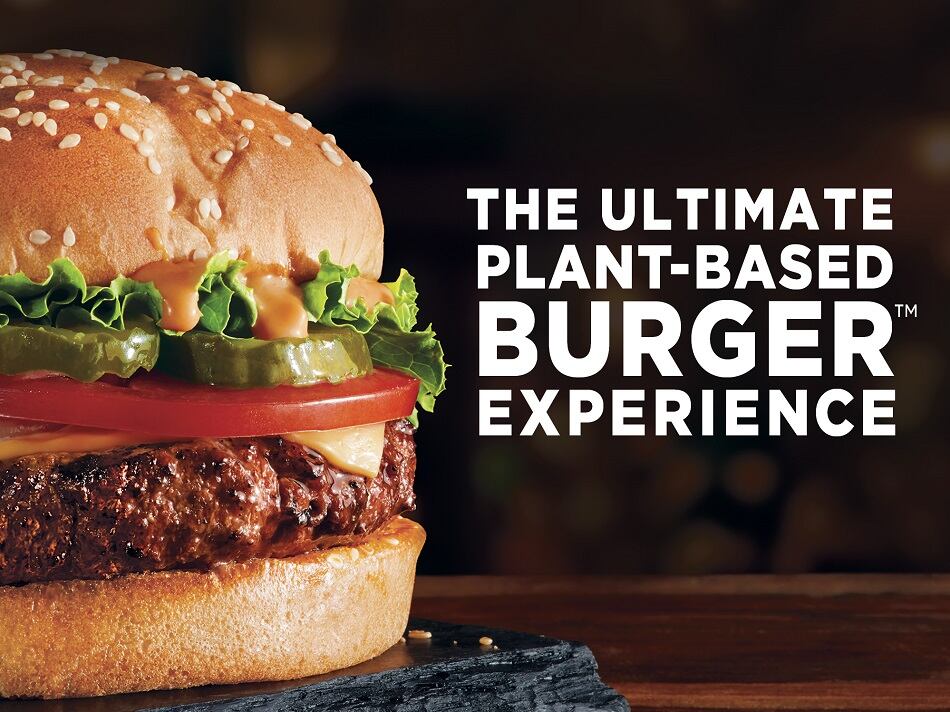In its annual Agri-Foodtech report, AgFunder found that the 'Innovative Food category' (which is comprised of mostly alternative protein startups), experienced explosive growth in 2019, doubling the funding it received in 2018.
"No doubt Beyond Meat’s dazzling 30x oversubscribed IPO and public listing that soon reached a valuation of over $9bn, promoted the sector. Although substitutes for red meat have been the primary focus, attention is now being paid to replacements for poultry, pork and even seafood. Interest in cultured meat remains steady although it trails far behind plant-based innovations in terms of commercialization," the report stated.
Where next for plant protein?
"If you look at protein -- $1.2 trillion sector, globally – we’re taking an all the above approach," said Sanjeev Krishnan, chief investment officer and managing director of Chicago-based venture capital firm S2G (Seed 2 Growth) Ventures (the most active VC fund in the agri-foodtech space with 22

investments made in the past year).
S2G has made investments across the protein space including: animal, plant-based, and cultivated meat. Its portfolio includes several startups across these three areas including Beyond Meat, Fishpeople, and Future Meat Technologies.
"All three are going through a lot of innovation and a lot of new enterprise formation," Krishnan told FoodNavigator-USA.
And while S2G is keeping an eye on all corners of the alternative protein space, Krishnan foresees a lot more innovation to come from plant protein in particular.
"In our portfolio, we have exposure to specialty soy, yellow pea [protein], but also brand new sources of plant protein whether its fungi, pili nut, etc. [Or] new discovery engines for more protein and new computation models that make better texture," said Krishnan.
"What I think the Beyond Meat IPO really stimulated is the top 16 meat brands, I think 80-90% of them are all working on meat analogues. You’ve seen a dramatic shift in terms of the pace of an option."
And while the market of plant-based protein has experienced strong growth year-over-year, Krishnan said the market is still in its early days. According to Krishnan, improved taste- and cost-parity will become the next big boon for the category.
"I very much believe we’re in the iPod phase of plant protein. It’s not yet the iPhone, but I think everyone’s aware that it’s going to get better from here in terms of texture, nutrition profile, flavor, cost, and that’s exciting," he said.
"It’s going to get better in texture, flavor, and cost."
Cell-based meat: The PC phase
If plant protein is in its pre-iPhone phase, then where in that timeline does cell-based meat and seafood stand?
"I think that cell-based or cultivated meat is probably in the PC phase, and has not yet gone mobile," said Krishnan. "But, I think the pace at which we’re seeing change in that sector is quite comforting."
Several startups have raised substantial sums of investments (Memphis Meats: $161m, BlueNalu: $20m; Future Meat Technologies: $14m, Wild Type: $12.5m, Aleph Farms: $12m, Meatable: $10m) to support the construction of pilot-scale facilities. Read FoodNavigator-USA's recent piece on the future of cell-based meat HERE.
"There’s three things that we focus on: one is unit economics (cost per kilo), two is regulatory, and then three, where are the early adopters and the consumers going to be? It may or may not be a US-centric model," said Krishnan.
"I think early on, it’s going to be more ground meat as opposed to scaffolded meat. Although, that is TBD. Ground meat seems more advanced in our view than scaffolding. But both are getting a lot of momentum in terms of investment, innovation, but we’re very curious what part of the world will be the early adopters of cultivated meat, and we’re not sure where it is."




